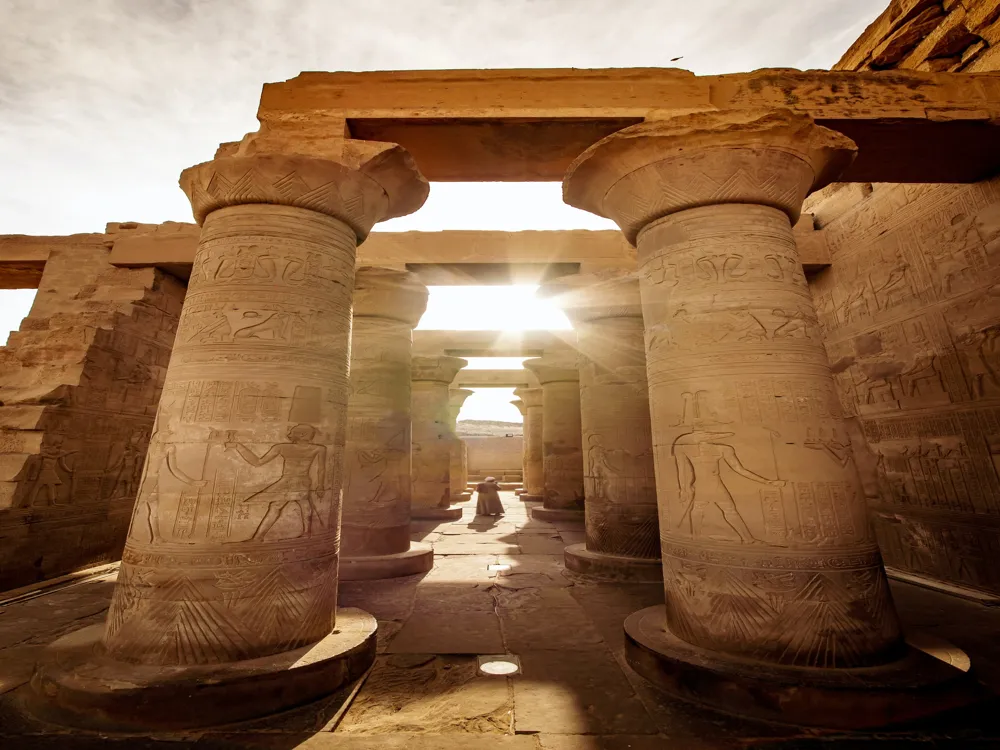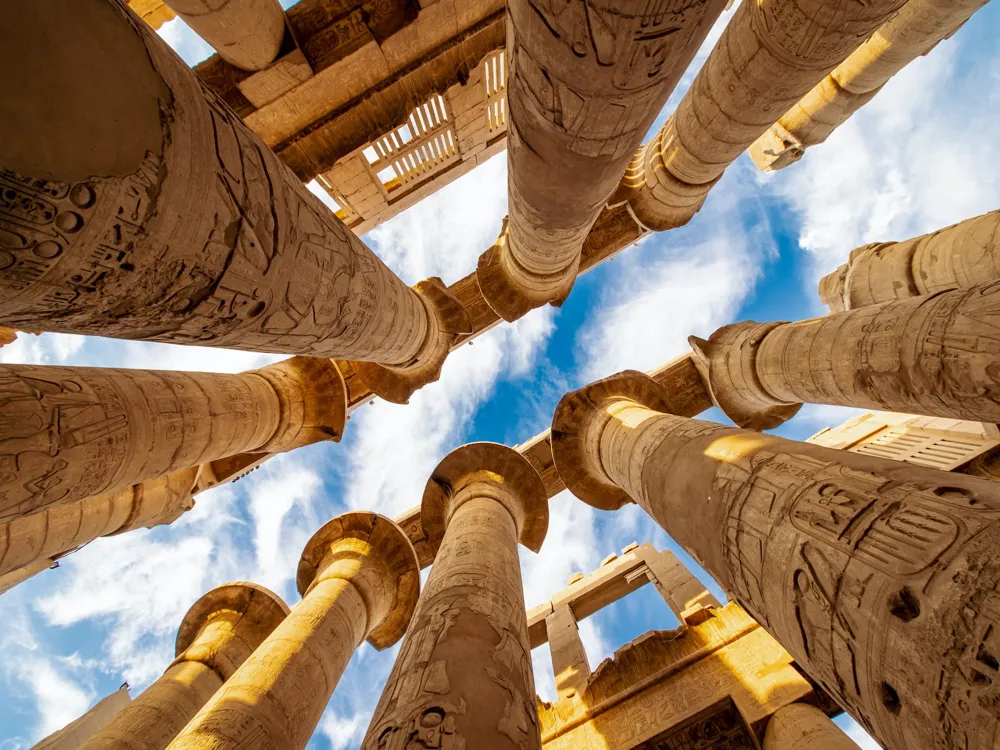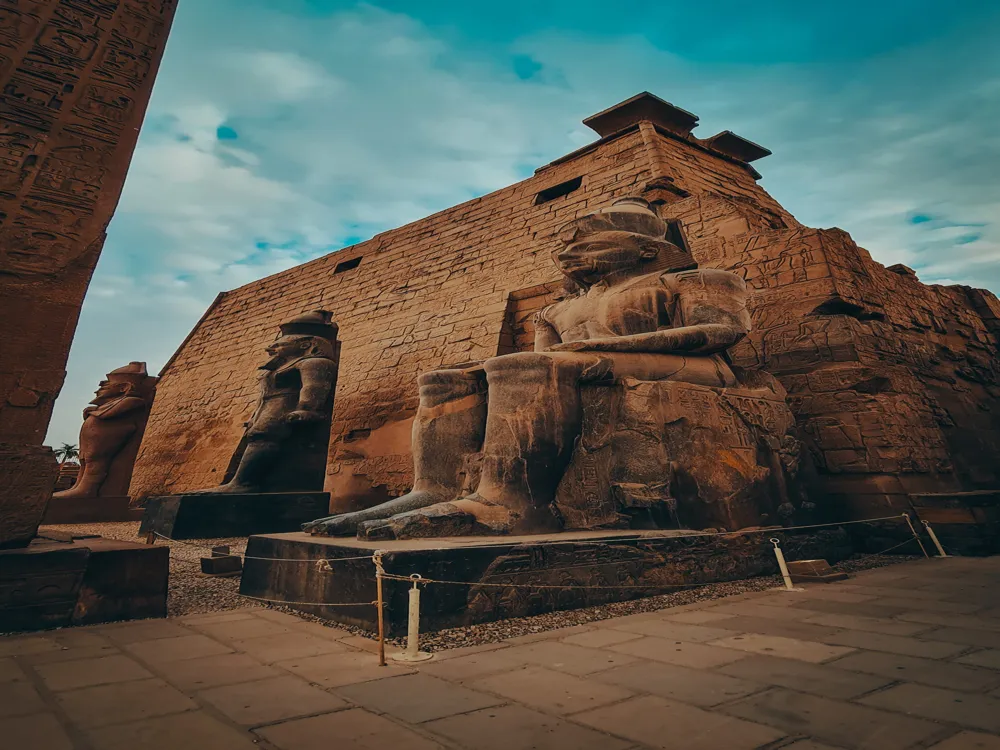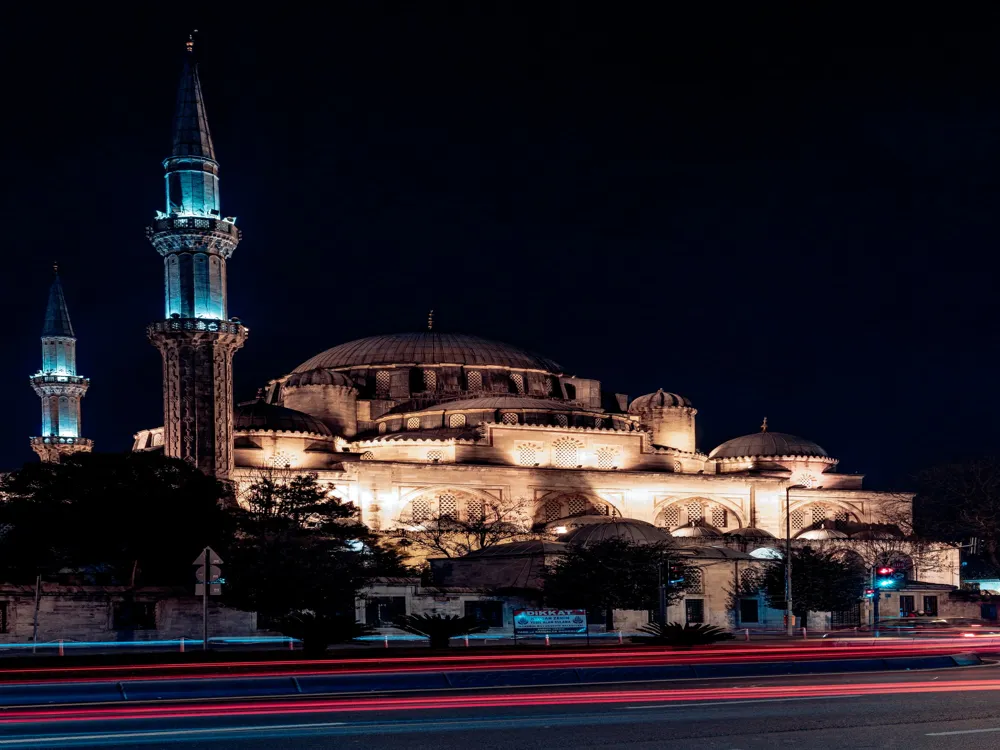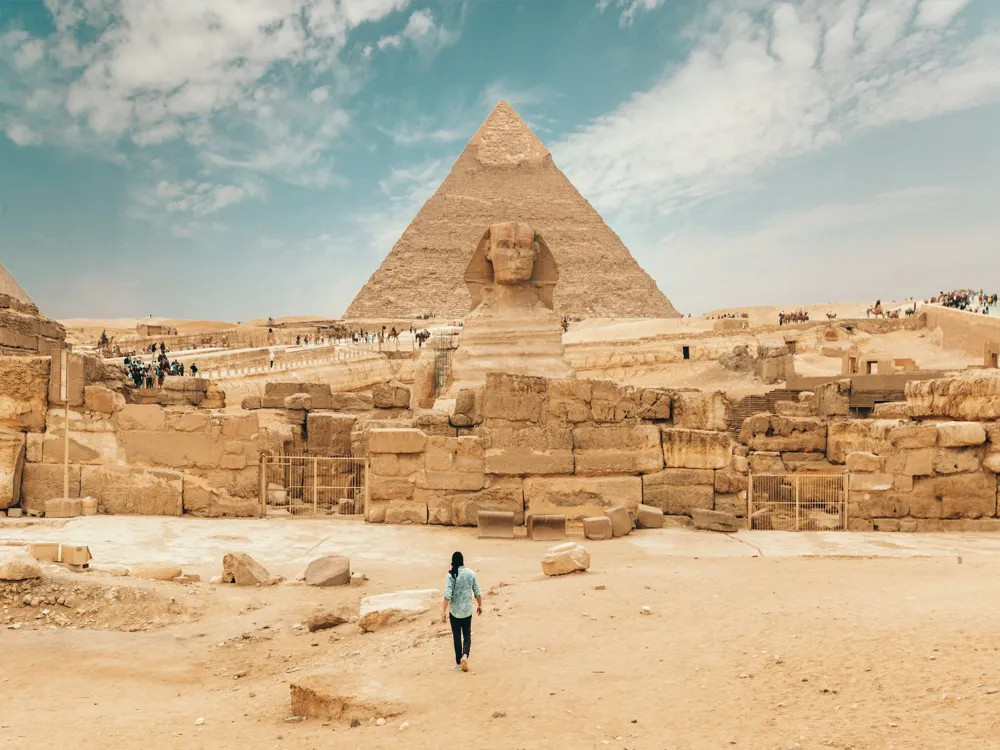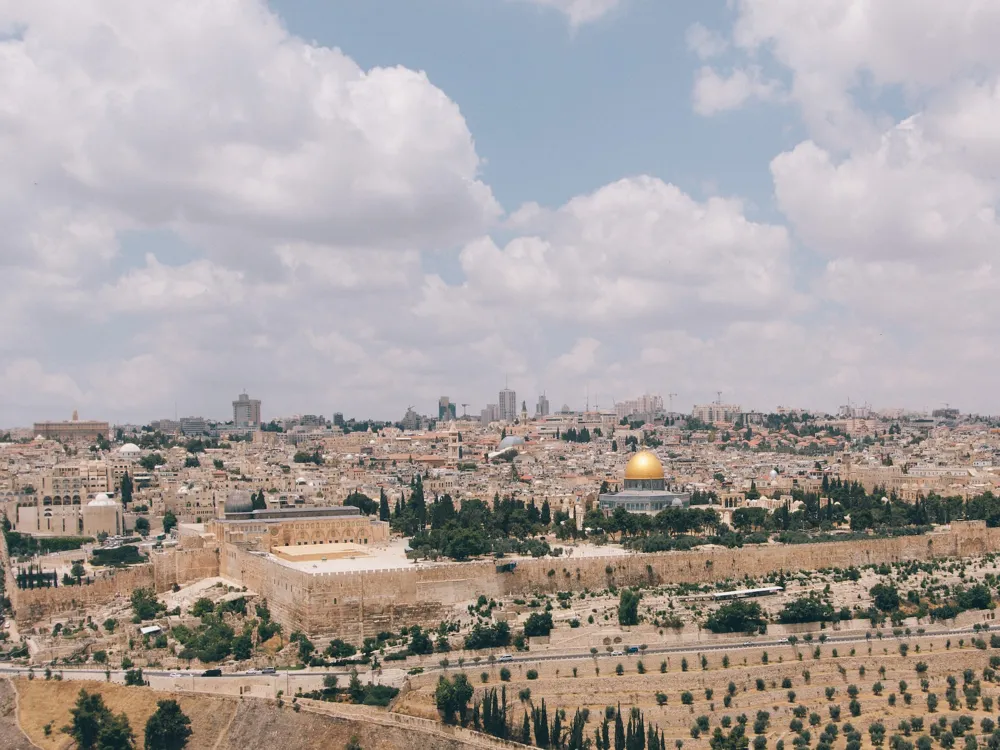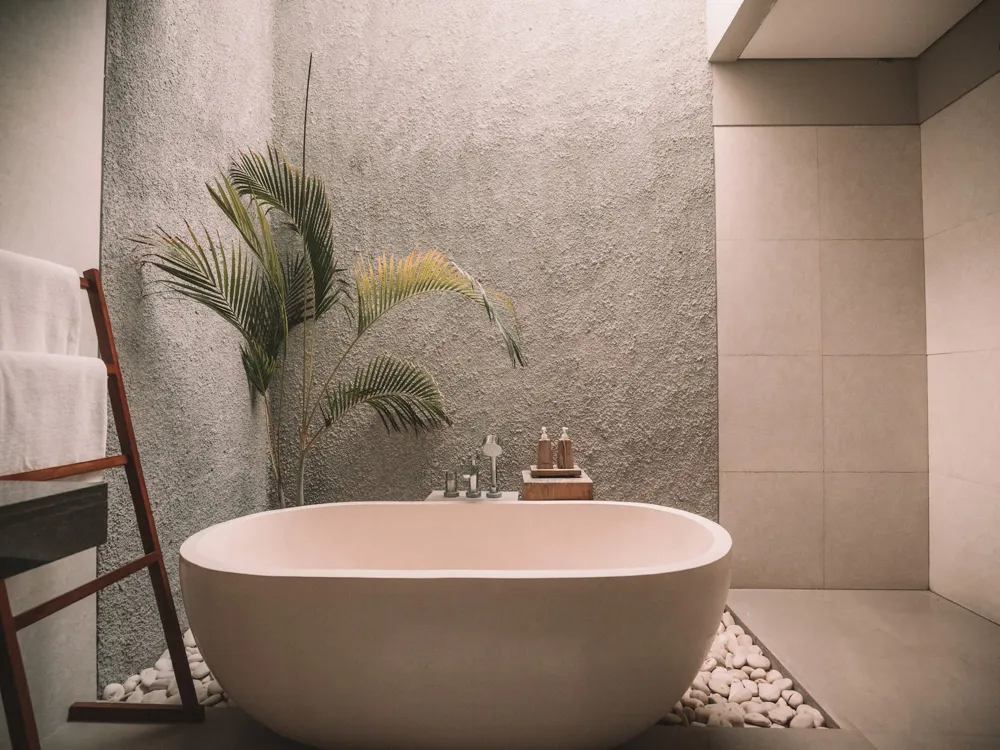Best Time to Visit Luxor
Egypt
2 out of 12 Places to visit in Egypt₹ 54,621 onwards View Packages
Get Customized PackagesThe Land of Diversity
Top Hotel Collections

Private Pool

Luxury Hotels

5-Star Hotels

Pet Friendly
What is the Best Time to Visit Luxor?
Luxor, a city steeped in history and culture, offers a myriad of experiences throughout the year. Choosing the right time to visit can significantly enhance your journey, ensuring you make the most of this enchanting destination.
More about Best Time to Travel to Luxor
When planning your trip to Luxor, understanding the distinct seasons can make a substantial difference in your overall experience. Let's delve into the details of Luxor's travel seasons to help you make an informed decision.
Travel Peak Season in Luxor
Luxor's peak season, extending from October to April, boasts optimal weather conditions for exploration. The moderate temperatures during these months, ranging from 20 to 30 degrees Celsius, provide a comfortable environment for visiting iconic landmarks such as the Karnak Temple and the Valley of the Kings. This period is perfect for history enthusiasts and those seeking to avoid the scorching heat.
Travel Offseason in Luxor
While the summer months, from May to September, constitute the offseason in Luxor, it's essential to weigh the pros and cons before deciding. The temperatures can soar, reaching up to 40 degrees Celsius. However, if you can withstand the heat, you'll benefit from fewer crowds and potentially lower prices on accommodations and tours.
Luxor Travel Packages
View All Packages For Luxor
Luxor in Shoulder Season
The transitional months of May and September offer a middle ground for visitors. The weather is warmer than the peak season but hasn't yet reached its scorching heights. This shoulder season provides a balance, allowing you to explore Luxor comfortably while avoiding the large crowds.
Luxor in Hot Season
For the heat enthusiasts, June to August is the hot season. Be prepared for high temperatures, but if you can handle the heat, you'll enjoy Luxor with fewer tourists and the chance to experience this ancient city at a more relaxed pace.
Luxor in Rainy Season
Rain is a rarity in Luxor, but if you appreciate a cooler climate, the occasional rainfall in January and February might be appealing. Keep in mind that rain is minimal, and it won't significantly impact your exploration of Luxor's wonders.
Luxor in Cool Season
The cool season, from November to February, provides a pleasant climate for outdoor activities. With temperatures ranging from 10 to 25 degrees Celsius, this period is ideal for leisurely strolls along the Nile or exploring Luxor's vibrant markets.
In conclusion, the best time to visit Luxor depends on your preferences and tolerance for different weather conditions. Whether you choose the bustling peak season, the serene offseason, or the comfortable shoulder seasons, Luxor promises a captivating journey through time.
Places To Visit In Luxor
Nearby Places Luxor
Luxor Photos
View All Photos For LuxorBrowse Package Collections
Browse Hotel Collections
Faq
Q: When is the best time to visit Luxor?
A: The optimal time to visit Luxor is during the winter months, from November to February, when the weather is pleasantly mild and suitable for outdoor exploration.
Q: What makes the winter months ideal for visiting Luxor?
A: During winter, Luxor experiences cooler temperatures, making it more comfortable for sightseeing and outdoor activities. The scorching heat of summer is absent, allowing visitors to fully enjoy the historical sites without the discomfort of extreme temperatures.
Q: Are there any specific events or festivals during certain months in Luxor?
A: Luxor hosts the Luxor African Film Festival usually in March, offering a unique cultural experience. Additionally, the Abu Simbel Sun Festival in February and October is a captivating event where sunlight illuminates the inner sanctum of the Abu Simbel Temples.
Q: Is there a time to avoid visiting Luxor due to extreme weather conditions?
A: Summers in Luxor (June to August) can be extremely hot, with temperatures soaring above 40°C (104°F). It is advisable to avoid these months if you are sensitive to high temperatures and prefer a more comfortable travel experience.
Q: What about crowds? When is Luxor less crowded for tourists?
A: The shoulder seasons of spring (March to May) and fall (September to October) offer a good balance between favorable weather and fewer tourists. This makes it an excellent time to explore Luxor without the large crowds typical of peak tourist months.

